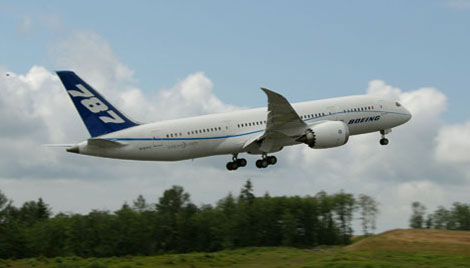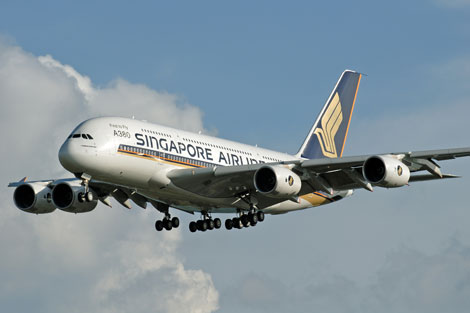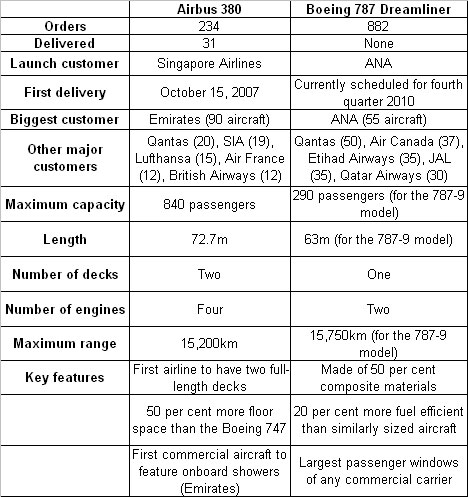
As Boeing debuts its 787 Dreamliner aircraft at the Farnborough Airshow this week, Business Traveller compares some of the key stats for two of the most eagerly awaited aircraft in recent history.
The first delivery of Boeing’s Dreamliner is currently scheduled for the fourth quarter of this year, although only today there has been suggestions that this may slip into early 2011 (see our sister site abtn.co.uk for more details). The manufacture of the aircraft has been plagued by delays, with supply chain issues, a machinist’s strike at Boeing, and most recently the need to reinforce a section of the aircraft all resulting in the Dreamliner being over two years behind schedule.

But flight testing began earlier this year, and five aircraft have already completed over 1,000 hours of flights. Launch customer ANA aims to roster the aircraft onto a domestic route in early 2011, before operating it on an international service around March time next year. Meanwhile Continental has been the first carrier worldwide to announced confirmed routes for the 787, with flights from Houston to both Auckland and Lagos set to begin in November 2011 (see online news June 15).
The Airbus A380 has also had a chequered manufacturing history, with Airbus citing the complexity of the 500km of wiring on the aircraft, and the high degree of customisation for each airline among the reasons for the delays. Singapore Airlines took delivery of the first aircraft in August 2007, and now counts 11 superjumbos within its fleet, serving routes including London, Melbourne, Tokyo, Paris, Sydney, Hong Kong and Zurich.

The A380 is now an established sight at airports around the world, with five carriers (SIA, Emirates, Qantas, Air France and Lufthansa) all having taken delivery of the superjumbo. For more information on the layouts and seating products adopted by each airline, click here.
We are not claiming to be comparing like for like here – the A380 and B787 are built for different markets, with the Airbus aircraft serving high capacity routes between primary international hubs, and the Boeing Dreamliner likely to concentrate more on pairing smaller regional cities – long-haul routes that might not previously have been served.
The A380 is capable of carrying nearly three times as many passengers as the Dreamliner at maximum capacity, while Boeing claims its 787 aircraft will be 20 per cent more fuel efficient than similarly-sized aircraft, due to the high percentage of lightweight composite material used in the aircraft’s construction.
The below is simply to give readers a guide to some of the key differences between the two aircraft, which between them will account for over 1,000 deliveries to airlines worldwide over the coming years.

For more information visit airbus.com, boeing.com.










